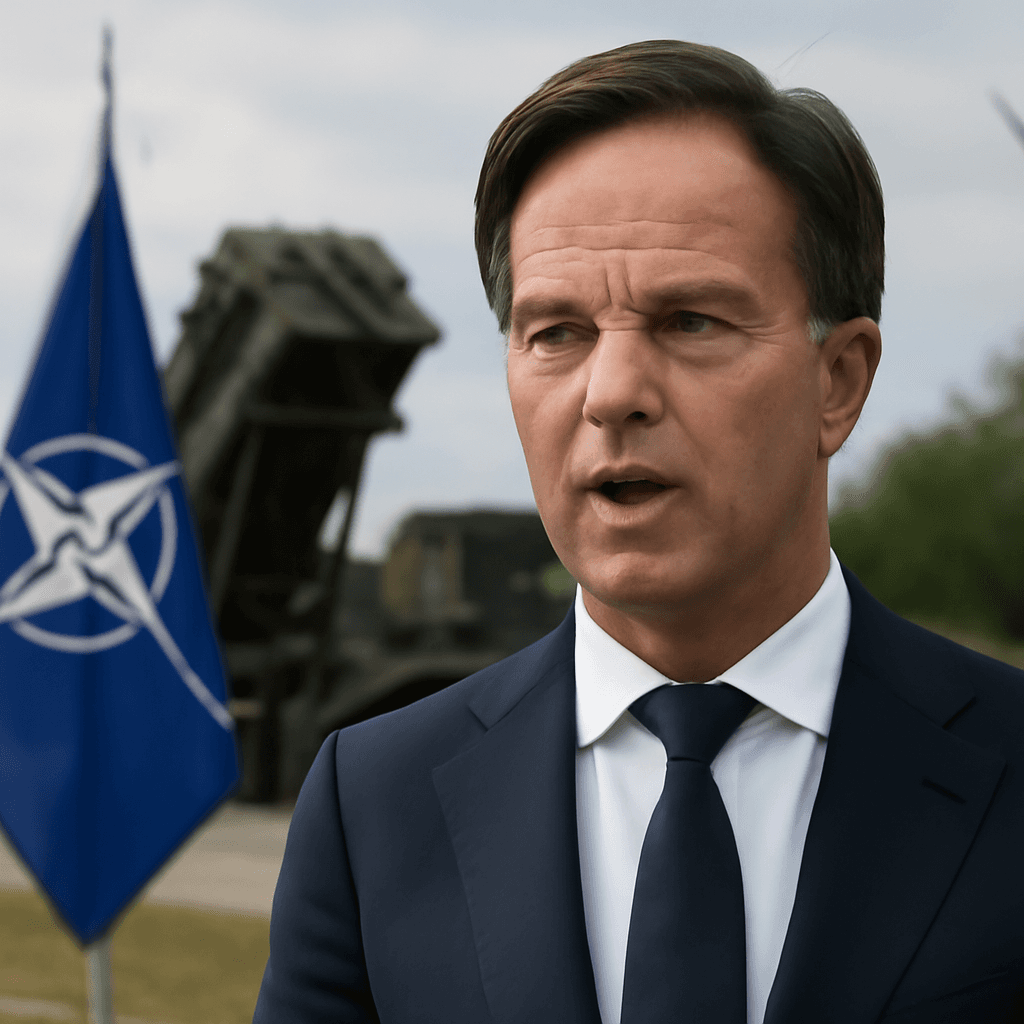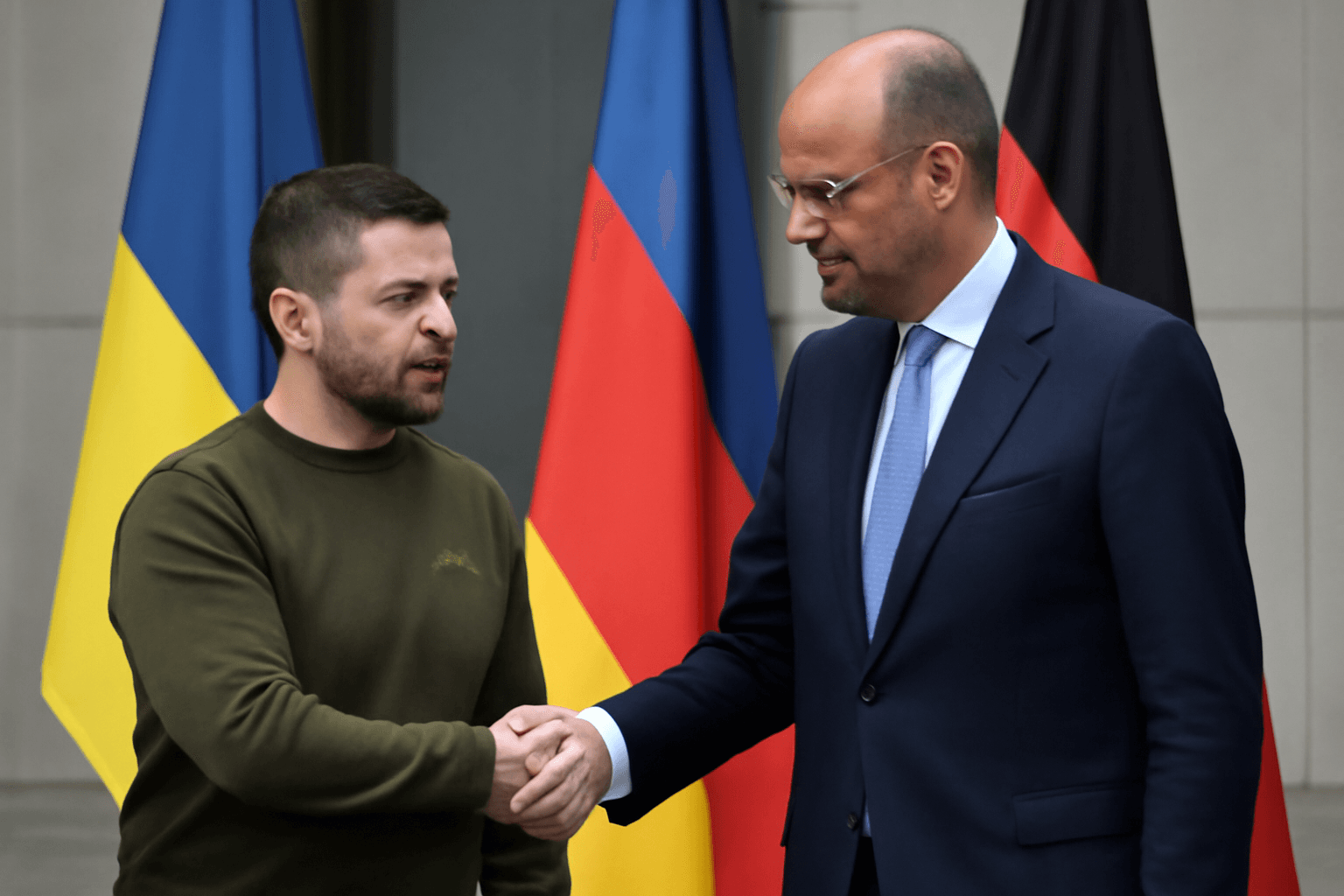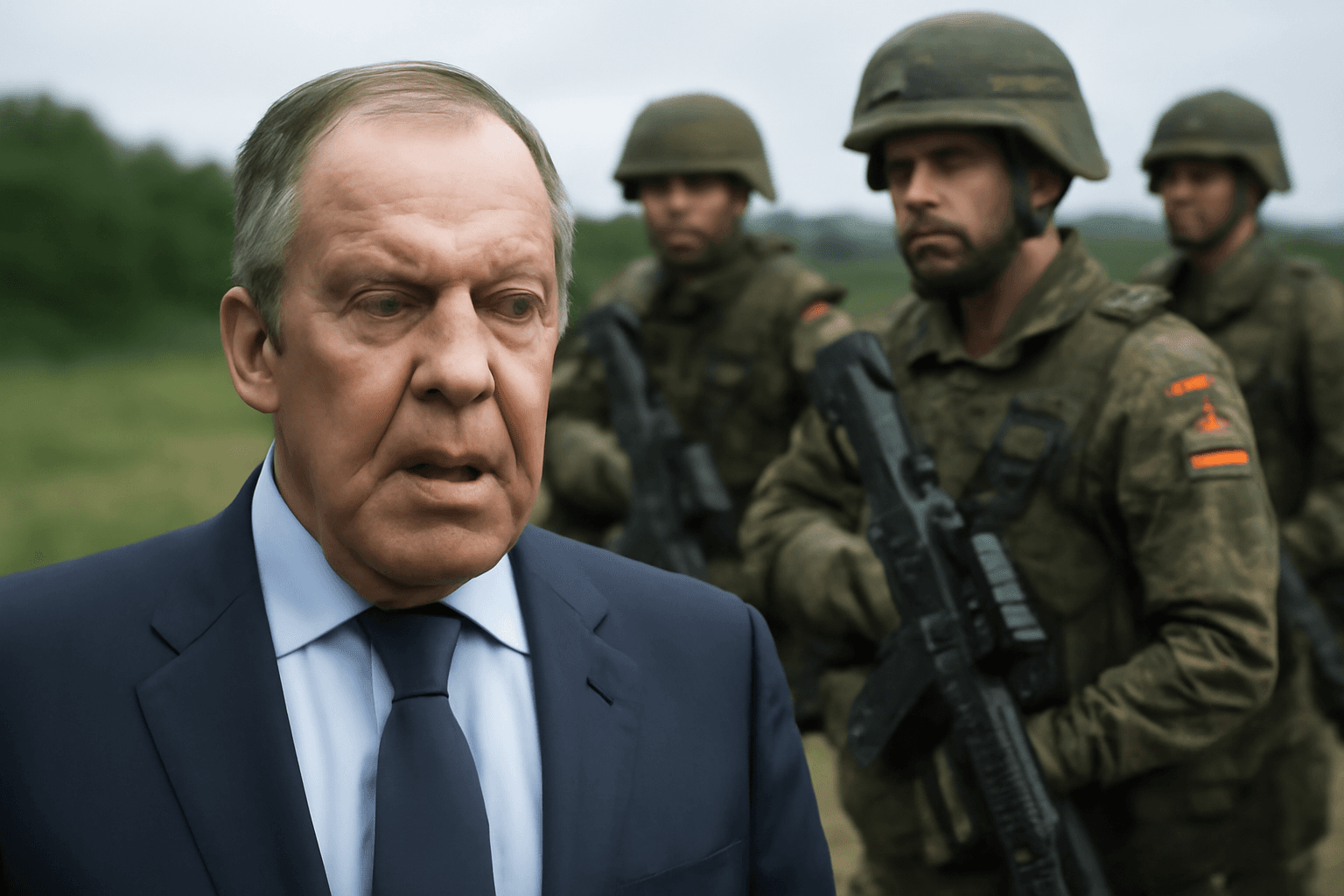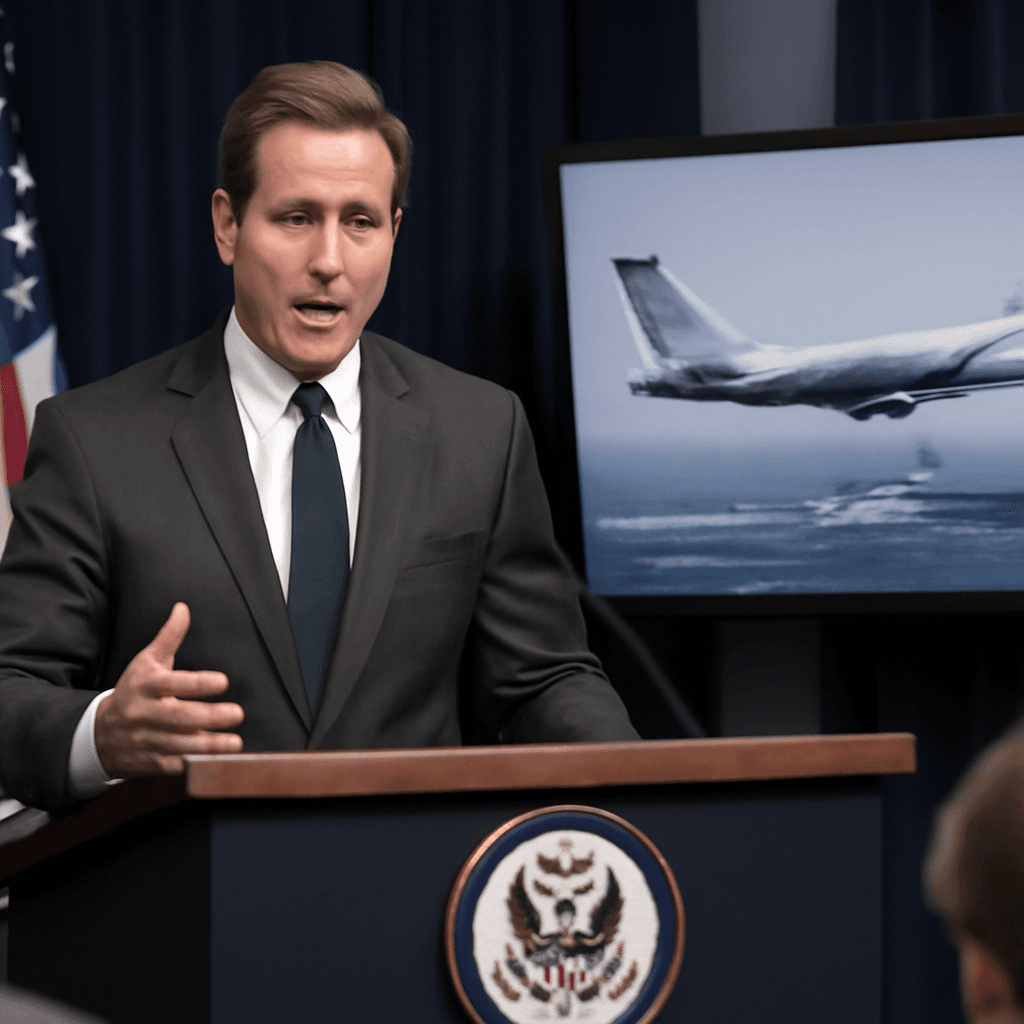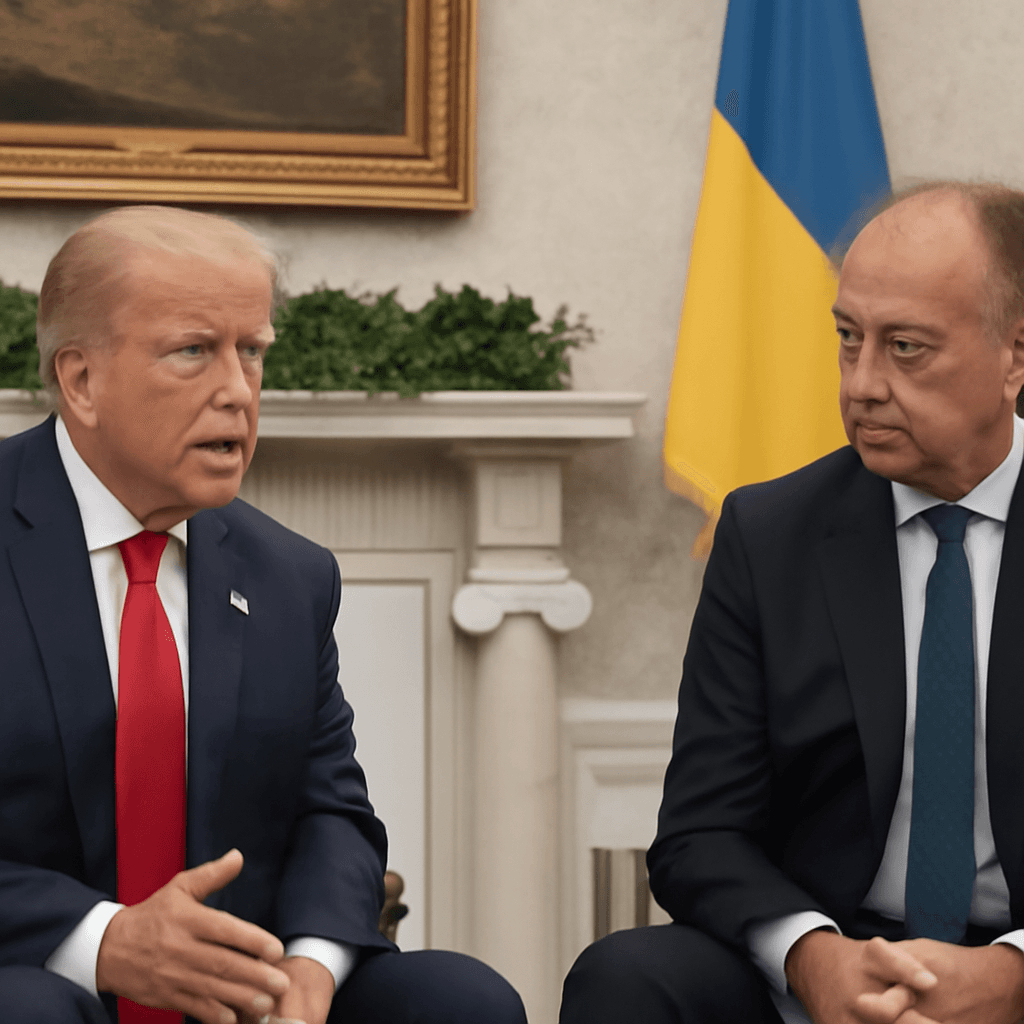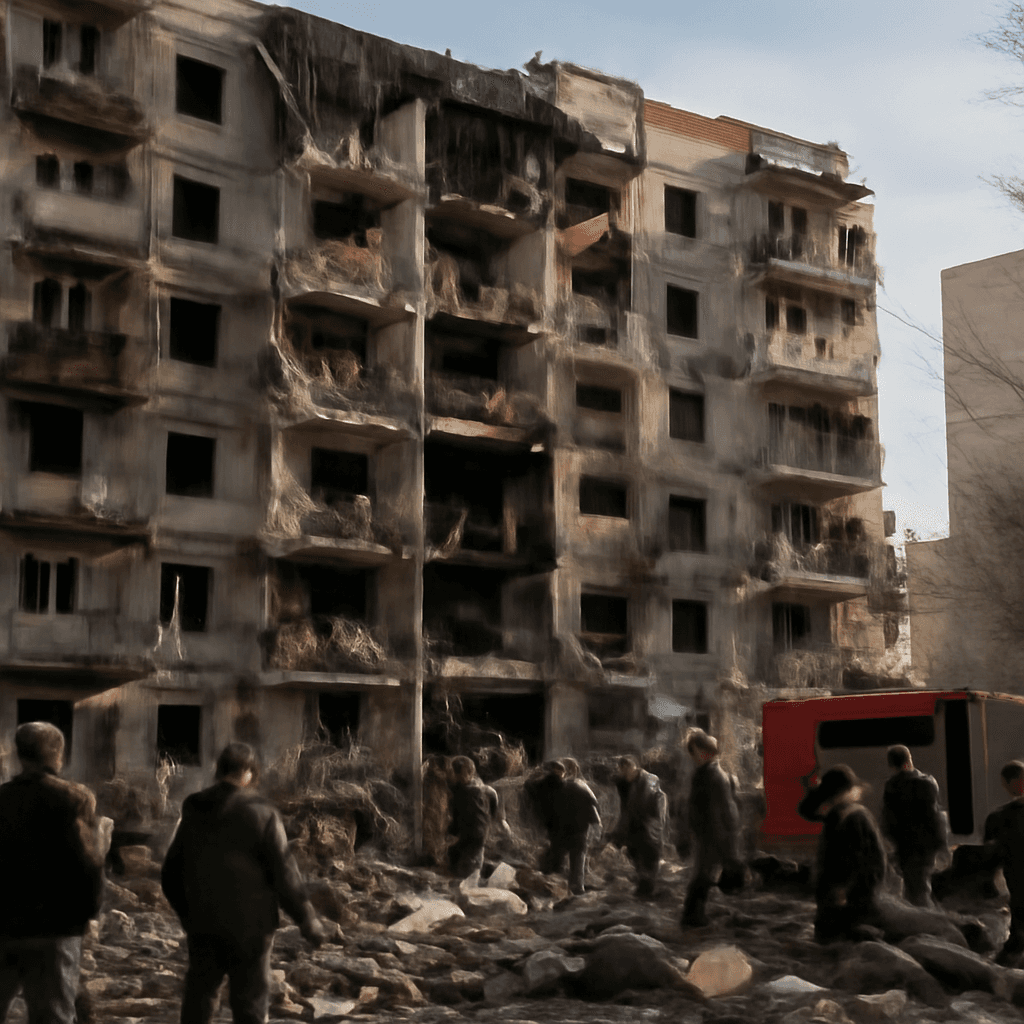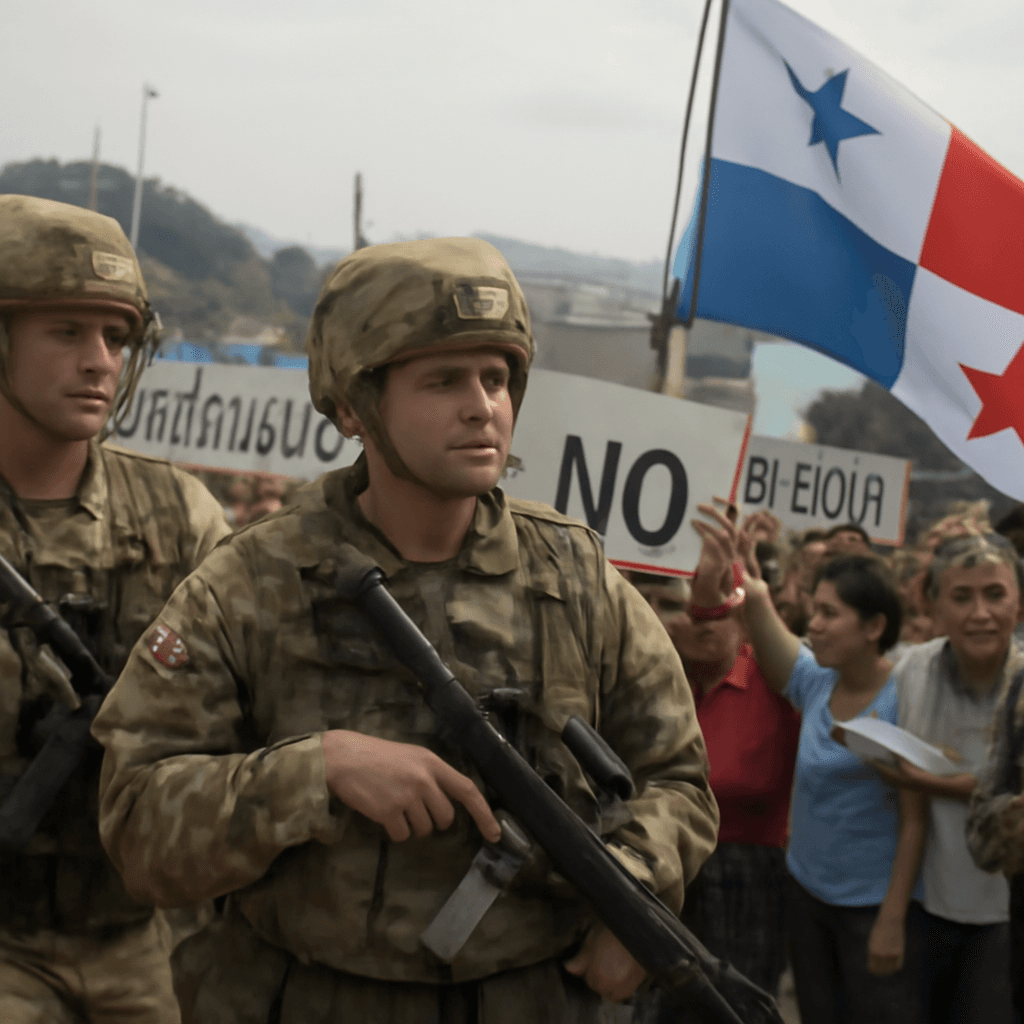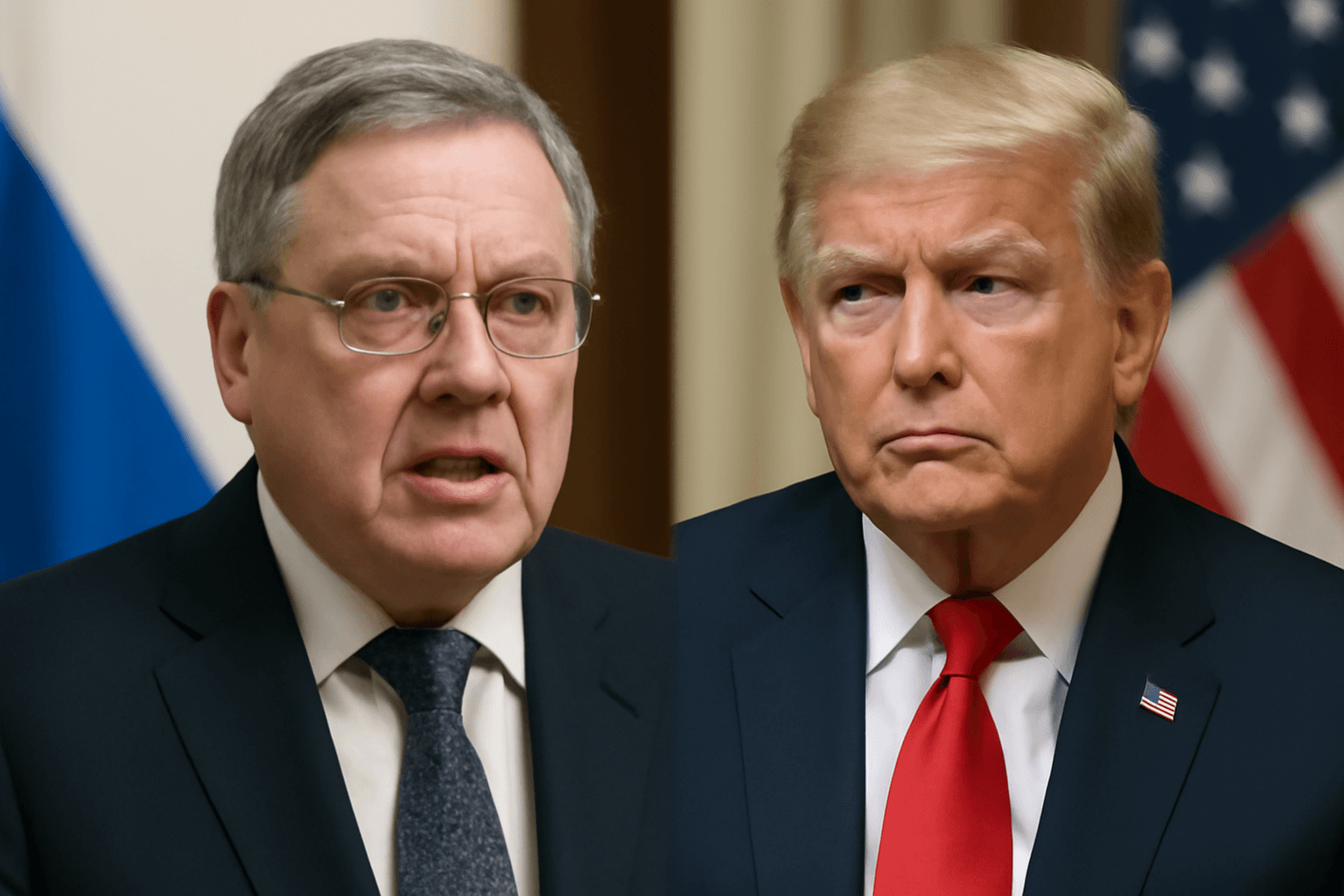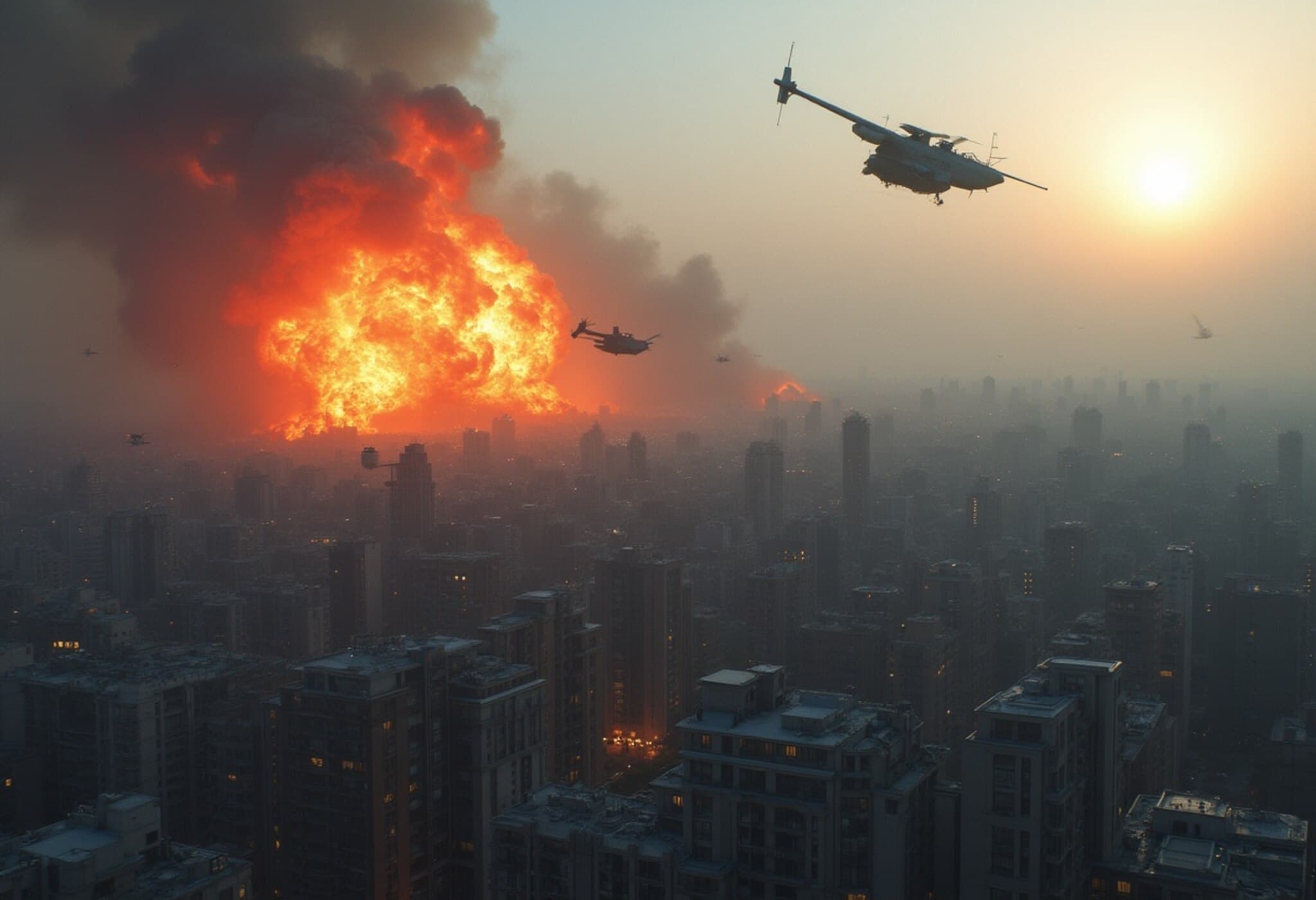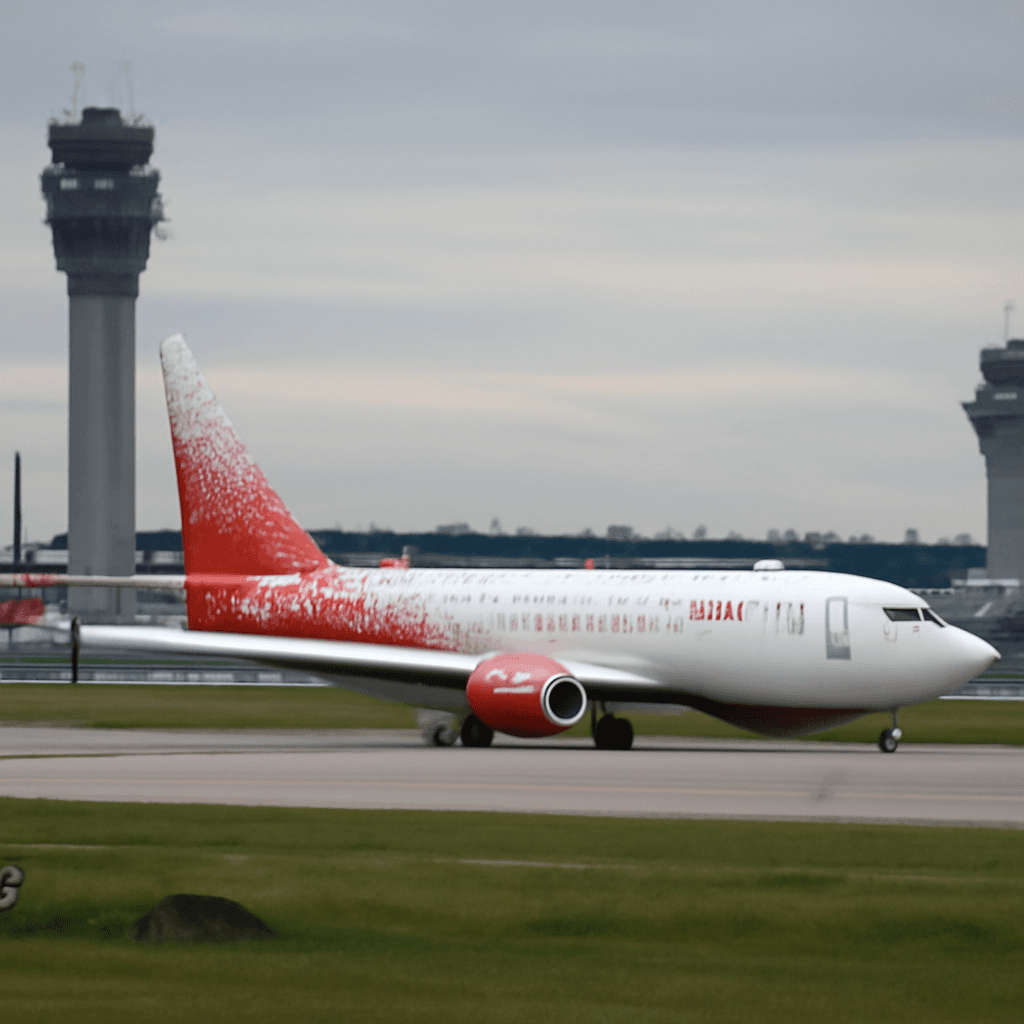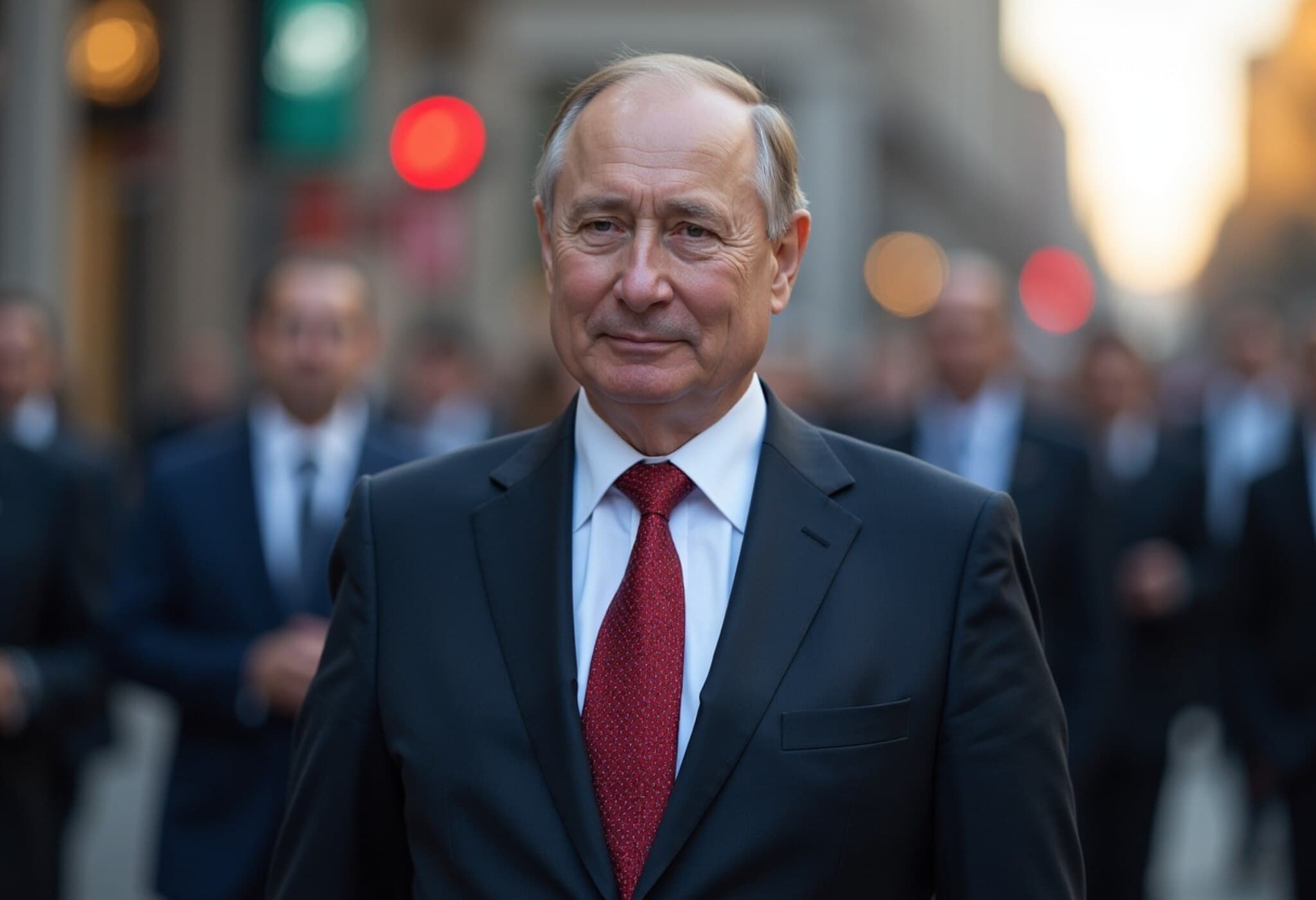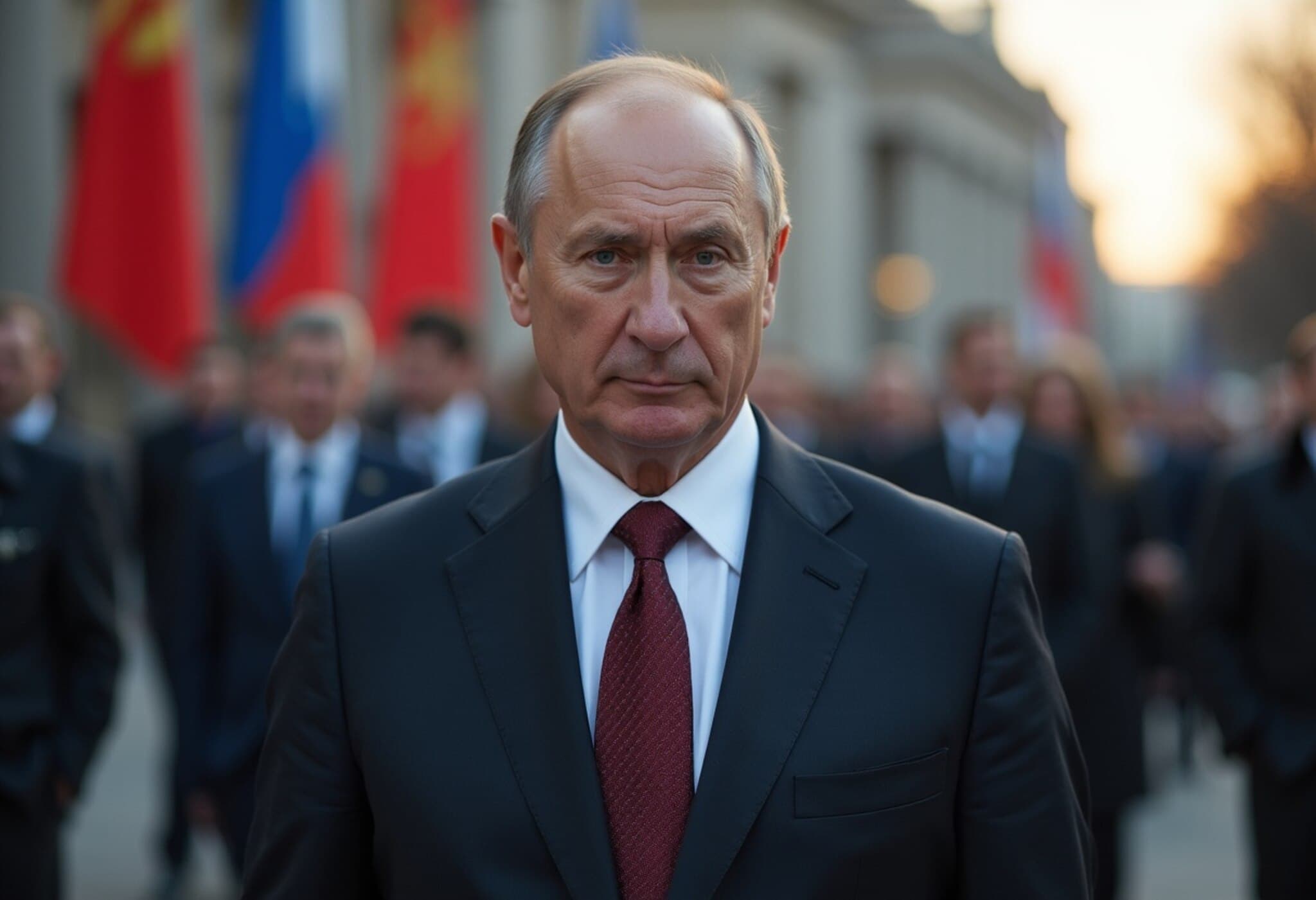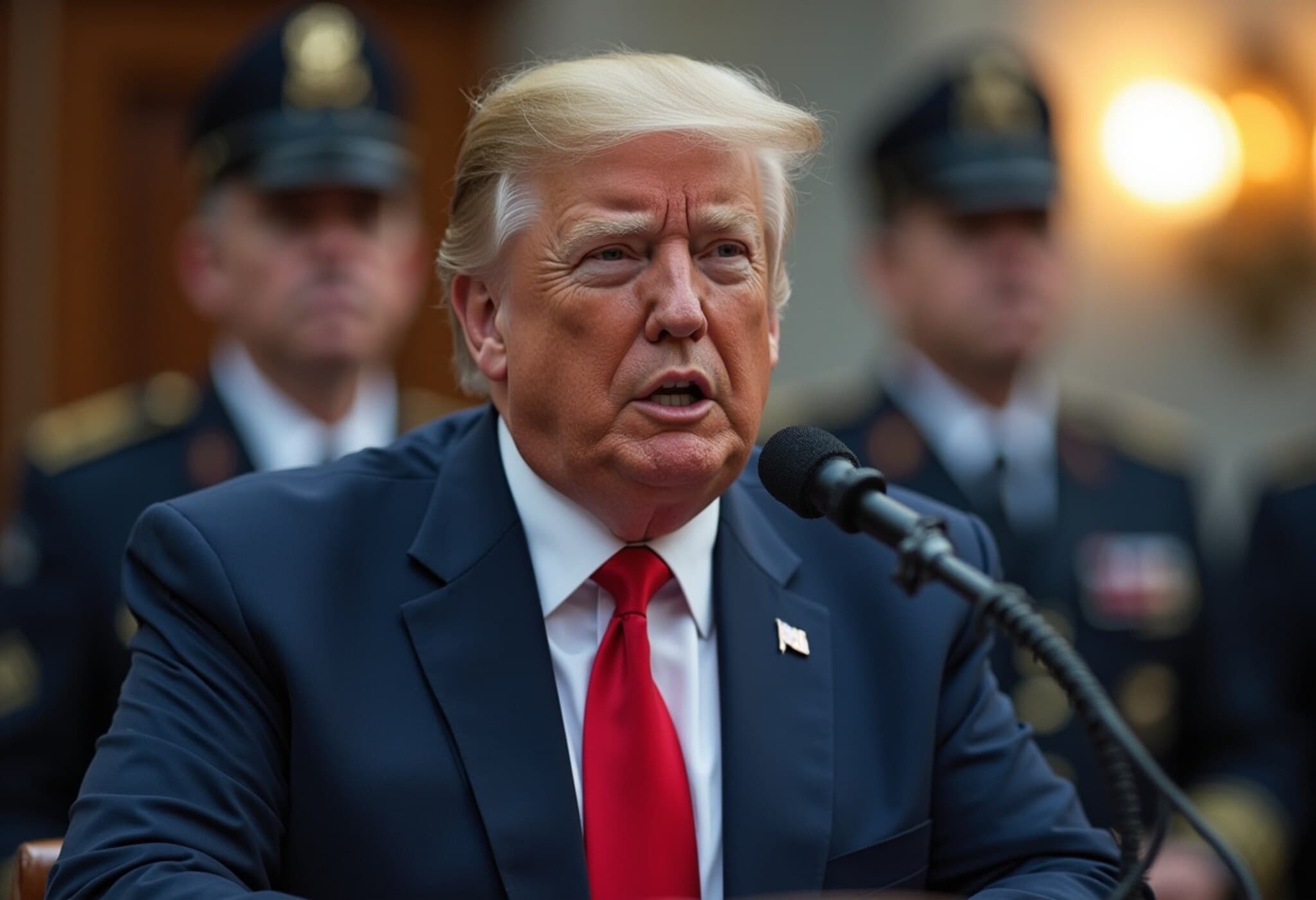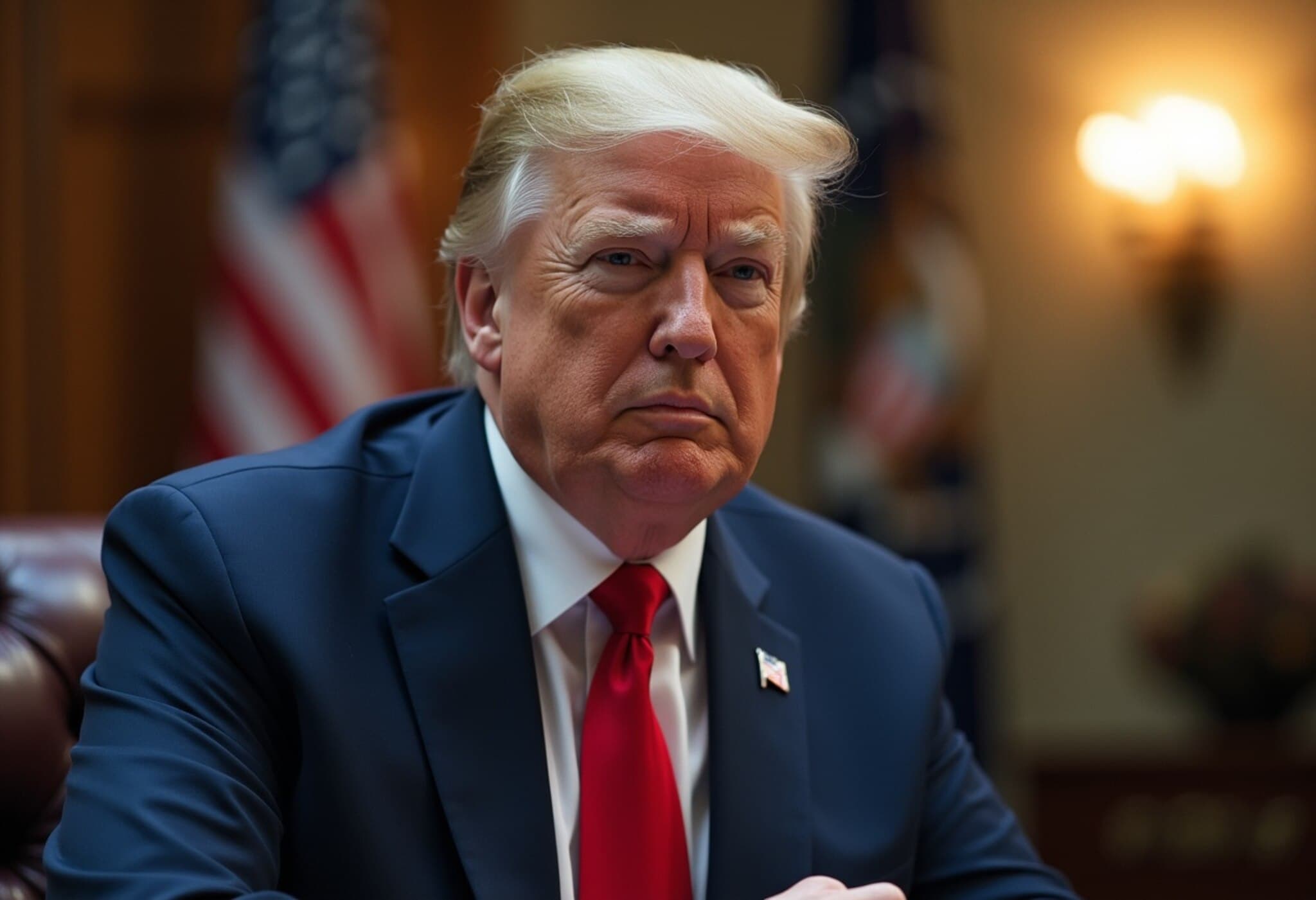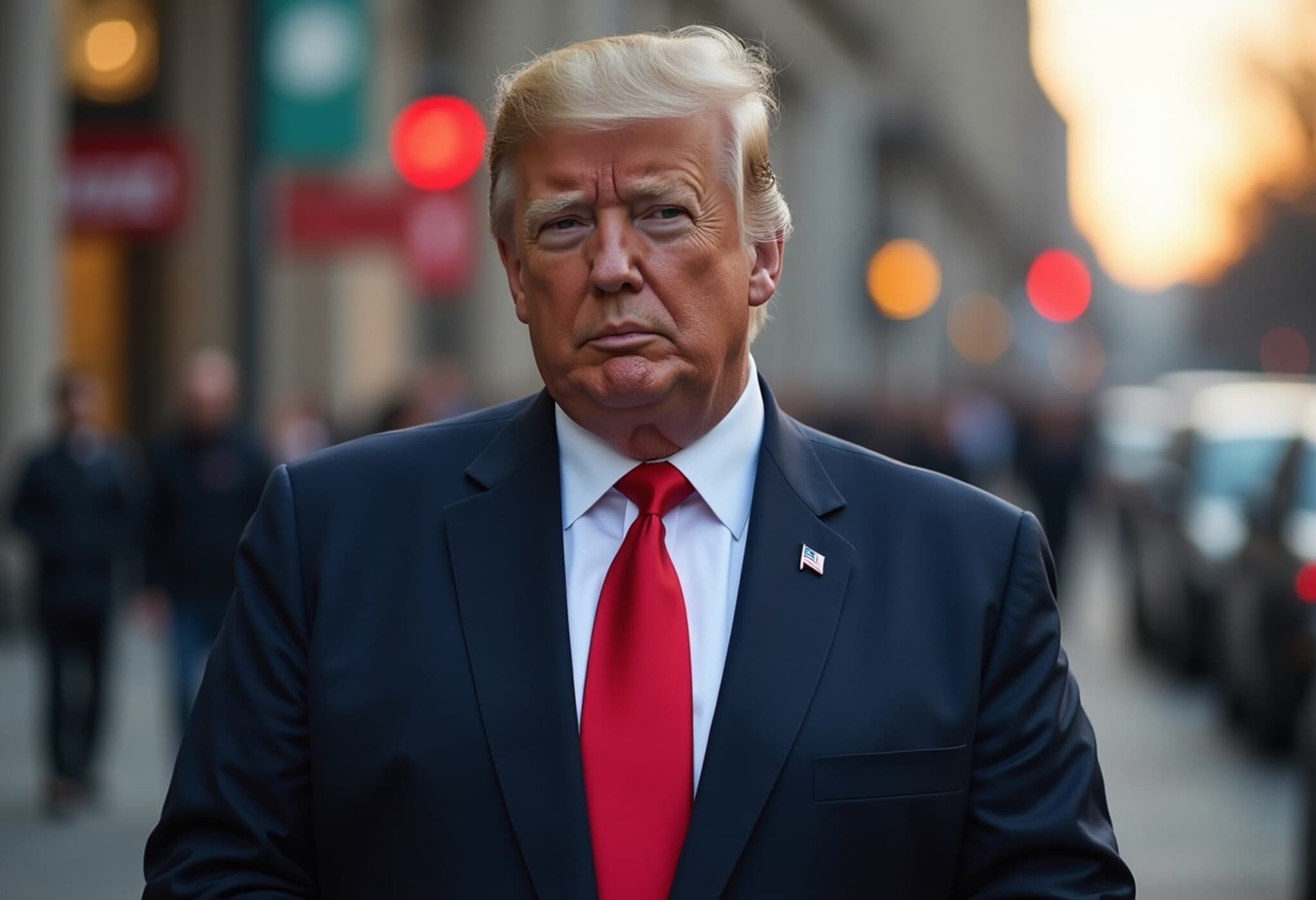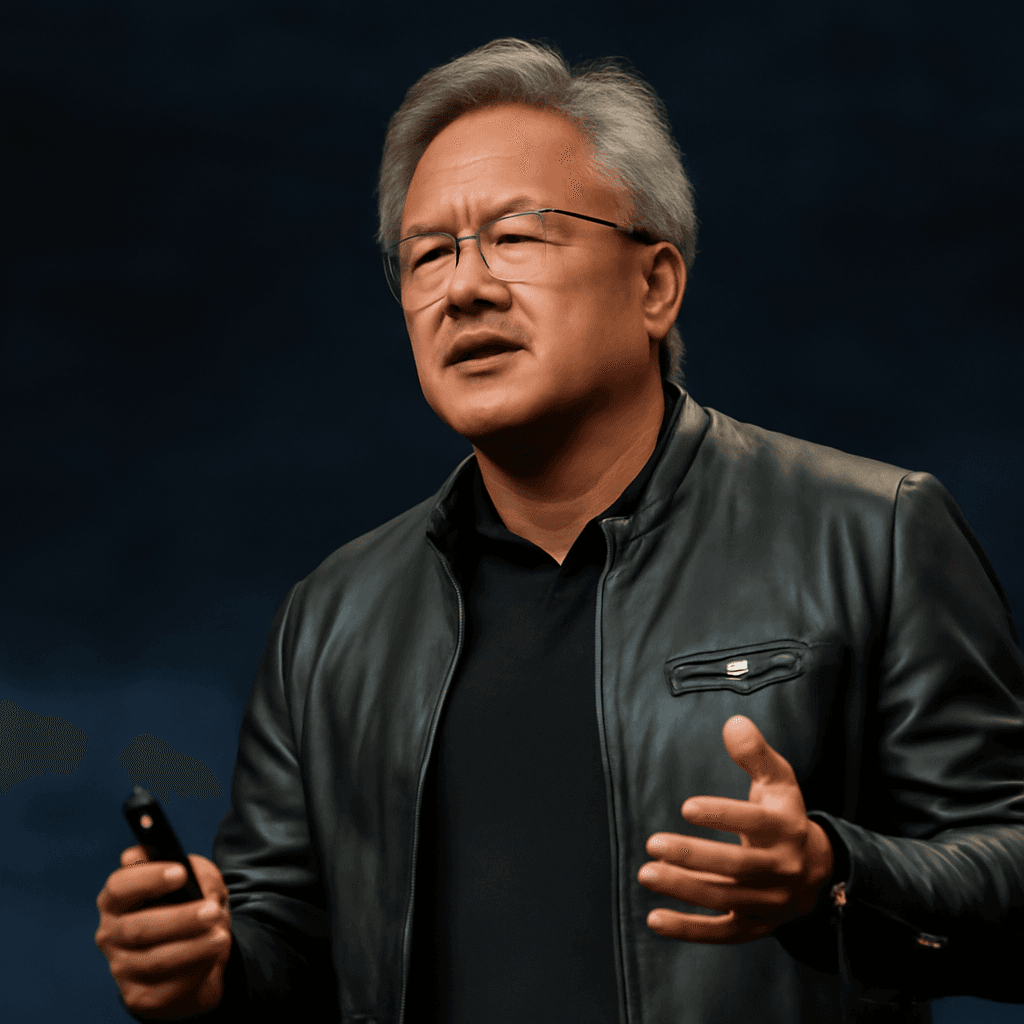Nato Calls for Massive Air Defense Enhancement Amid Rising Tensions
With tensions simmering and security concerns mounting, Nato's Secretary General Mark Rutte has urged member nations to make a monumental leap in their defense capabilities. Ahead of the imminent Nato summit in the Netherlands, Rutte called for a 400% increase in air and missile defense systems, highlighting the pressing need to counter ongoing threats from Russia.
Pressure Mounts on Member States to Raise Military Spending
This call to action coincides with increasing pressure from the United States, which is advocating for Nato members to elevate their defense budgets significantly. Currently, the alliance targets a 2% GDP expenditure on defense; however, the US is pushing to raise this figure to 5% of GDP, marking a shift towards more robust military investments.
Key Highlights from Rutte's Address
- Speech delivered at Chatham House, London, emphasizing the need for enhanced air and missile defenses.
- Highlighted Russia’s aggressive aerial strategies in Ukraine as a catalyst for increased protection.
- Met with UK Prime Minister Keir Starmer to discuss defense cooperation ahead of the summit.
Global Reactions and Strategic Commitments
The Kremlin responded sharply, labeling Nato as an "instrument of aggression," underscoring the escalating rhetoric between the two sides. Meanwhile, US Defense Secretary Pete Hegseth indicated that many Nato allies are close to agreeing on the 5% spending target, a move that could reshape the alliance's defense posture.
In parallel, the United Kingdom has unveiled ambitious plans to strengthen its defense industry, including the development of 12 nuclear-powered submarines and six new munitions factories. The UK government has committed to raising its defense expenditure to 2.5% of GDP by 2027, although further timeline details are yet to be specified.
Statements from Key Figures
"We see in Ukraine how Russia delivers terror from above, so we will strengthen the shield that protects our skies," said Mark Rutte.
"This alliance is expected to commit to five percent — 3.5 percent in hard military spending and 1.5 percent in infrastructure and related activities," stated US Defense Secretary Pete Hegseth.
"Nato is demonstrating itself as an instrument of aggression and confrontation," Kremlin spokesman Dmitry Peskov commented.
"Danger will not disappear even when the war in Ukraine ends. We must have more forces and capabilities to implement our defense plans fully," added Rutte.
"Nato has to become a stronger, fairer, and more lethal alliance," emphasized Rutte.
The Bigger Picture: Nato’s Evolving Defense Strategy
Since Russia’s invasion of Ukraine in early 2022, Nato has intensified efforts to reinforce its eastern defenses and modernize military capabilities. The forthcoming summit in The Hague is anticipated to set new standards for collective defense investment, profoundly shaping the alliance's future strategy and unity.
As global security dynamics continue to evolve, the call for stronger, smarter, and more integrated defenses resonates louder than ever within the alliance.

